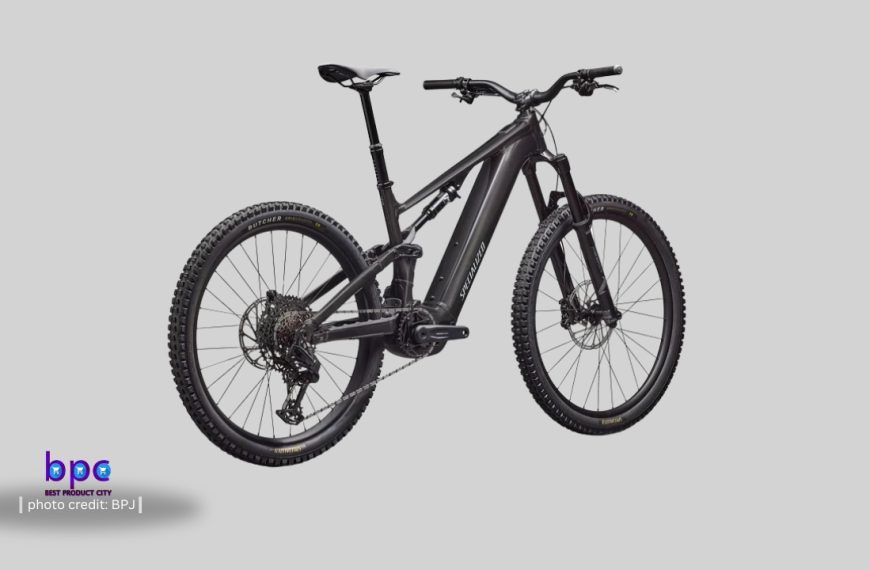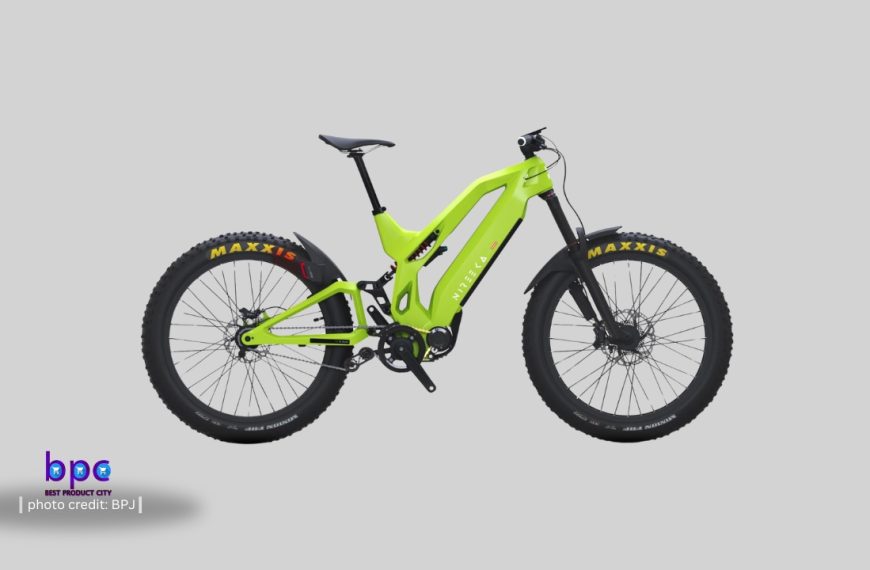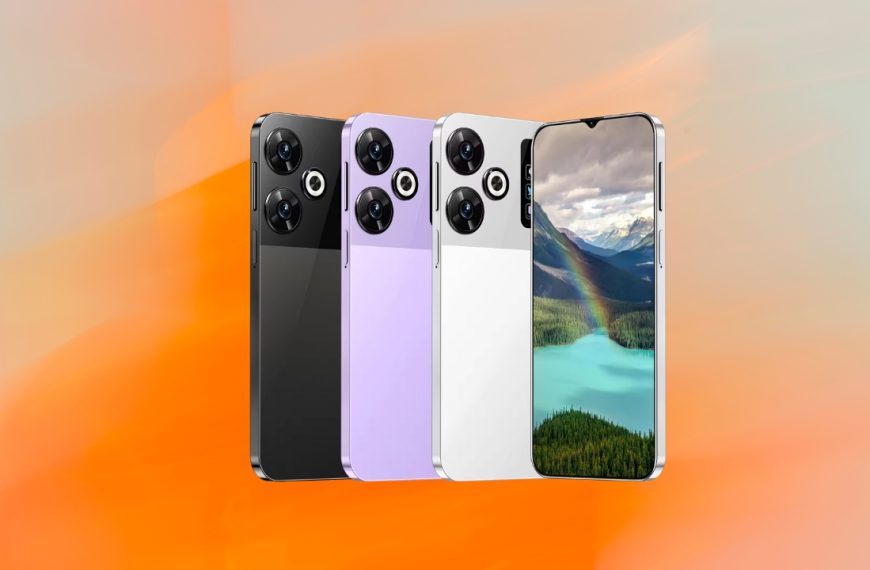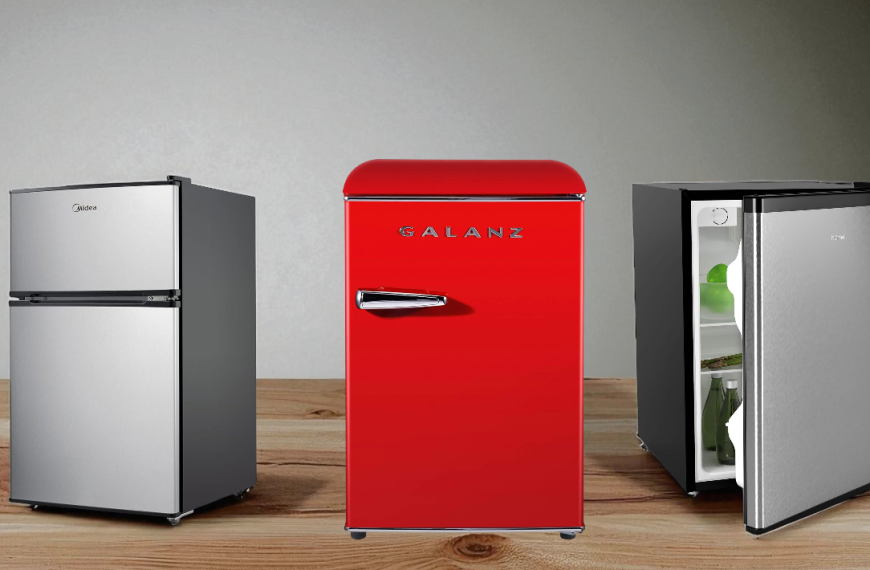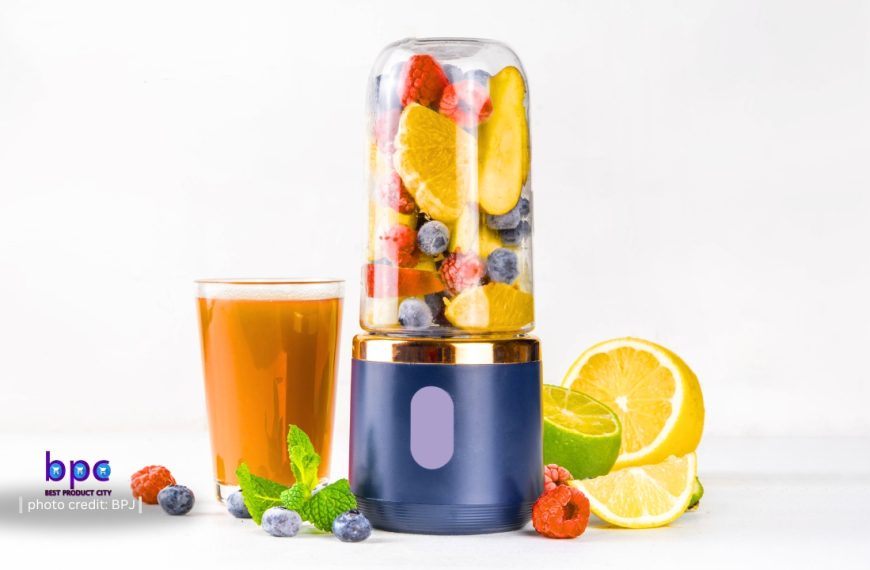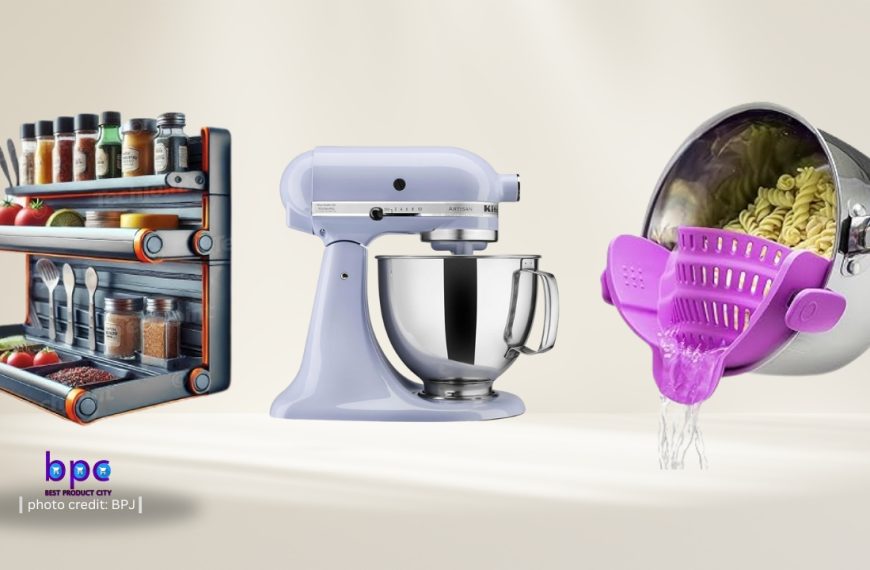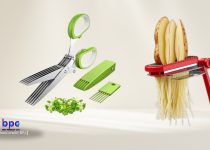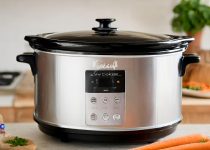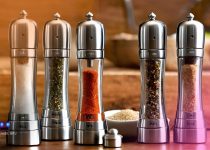Are These The Best Nonstick Pans Ever Made?
Searching for a nonstick pan that makes cooking a breeze? If you’re frustrated with food that sticks and pans that heat unevenly, you’ve come to the right place. Our guide reveals the best nonstick pans and offers a solution to your cooking struggles. Dive into our review to discover the perfect pan for effortless and enjoyable cooking.
Your Guide to Buying the Perfect Nonstick Pan
Material and Construction
The material of your pan’s body and its coating are the most important factors.
Nonstick Coating: The most common coatings are PTFE (Teflon) and ceramic. PTFE coatings are known for being incredibly slick and durable, like the ProCoat on the Made In Cookware pan. Ceramic coatings, like the one on the Caraway pan, are often made without PTFE and are a popular choice for a “chemical-free” option.
Base Material: This determines how well the pan heats up and holds that heat.
Stainless Steel Clad: Pans with a stainless steel clad base, such as the Made In Cookware ProCoat, offer fantastic heat retention and even heating.
Aluminum: A popular, lightweight choice that conducts heat well. Hard-anodized aluminum, found in the Rachael Ray Cucina pan, is even more durable and scratch-resistant.
Durability and Longevity
A good pan should last. Here’s what to look for to ensure it does:
Scratch Resistance: Many pans are designed to be extra tough. The Made In Cookware ProCoat claims to be 70 times more scratch-resistant than standard ceramic, while the Ninja Foodi NeverStick is engineered to hold up to metal utensils.
Handles: A comfortable, secure handle is a must. Look for features like double-riveted handles or a contoured design. Some handles even have silicone grips for added comfort and heat resistance.
Health and Safety
If you’re worried about chemicals, here’s what to keep in mind.
PFOA, PTFE, and PFAS: Ceramic pans, such as the Caraway, are often free of these chemicals, making them a popular alternative. While modern PTFE pans are safe, some people prefer to avoid them.
NSF Certification: Pans with this certification, like the Tramontina Professional Series, meet high safety and quality standards, meaning they’re durable and easy to clean.
Special Features
Cooktop Compatibility: Make sure the pan works with your stove. If you have an induction stove, you’ll need a pan with an induction-compatible base, like the Tramontina.
Lids and Grips: Features like tempered glass lids and comfortable silicone grips can make a big difference in your cooking experience.
Cleaning: Most nonstick pans are easy to clean, but while some are dishwasher-safe, hand-washing is often recommended to protect the coating and extend the pan’s life.
Budget
Nonstick pans come in a wide range of prices. You can find high-quality, durable pans like the Tramontina Professional Series at a great value, while premium brands like Made In Cookware and Caraway are a higher investment for those who want top-tier performance and design.
Nonstick Pan FAQs’
Q: What’s the difference between ceramic and PTFE coatings?
PTFE (e.g., Teflon): A synthetic coating that’s extremely slick. It’s very durable, but some people are concerned about health risks from overheating.
Ceramic: A mineral-based coating often marketed as a healthier alternative. While it starts out very slick, it may lose its nonstick properties faster than a high-quality PTFE pan.
Q: Can I use metal utensils on my pan?
It depends on the pan. Most traditional nonstick pans require wood, plastic, or silicone utensils to avoid scratches. However, some pans, like the Ninja Foodi NeverStick, are specifically designed to be tough enough for metal utensils. Always check the manufacturer’s instructions.
Q: How do I clean my nonstick pan properly?
The best way to preserve your pan’s coating is to hand-wash it with a soft sponge and mild dish soap. Avoid abrasive scrubbers and steel wool. Even if a pan is dishwasher-safe, the harsh detergents and high heat can degrade the nonstick surface over time.
Q: Is it safe to use a scratched nonstick pan?
It’s best to replace a pan with a badly scratched or flaking coating. A compromised surface can allow chemicals to leach into your food, and the pan will no longer work as well.
Q: What’s the best way to make my pan last longer?
Avoid high heat: Overheating can damage the coating. Use medium heat for most cooking.
Don’t use cooking sprays: They can leave a residue that builds up and harms the surface. Use a small amount of oil or butter instead.
Hand-wash it: This is the gentlest cleaning method.
Don’t stack it: Stacking other pans or heavy objects inside can cause scratches. Use a pan protector or a cloth in between if you must stack them.
Q: What does “oven-safe” mean?
This means the pan can be safely used in an oven up to a specific temperature. It’s important for recipes that require you to start cooking on the stovetop and finish in the oven, like searing a steak. The maximum temperature a pan can handle depends on its materials and handle construction.
